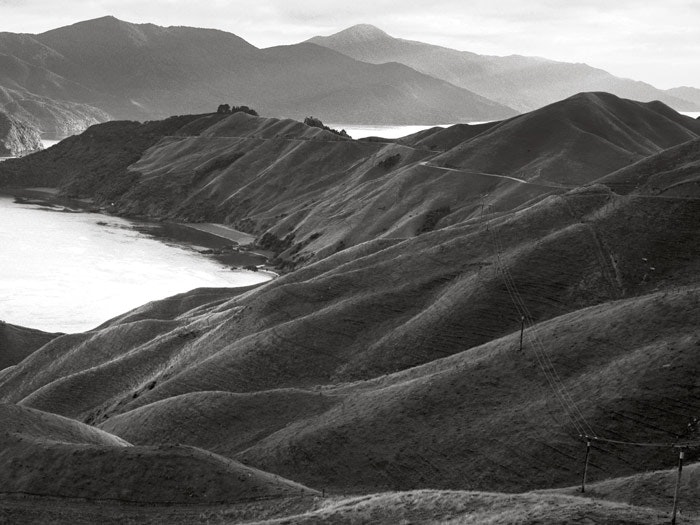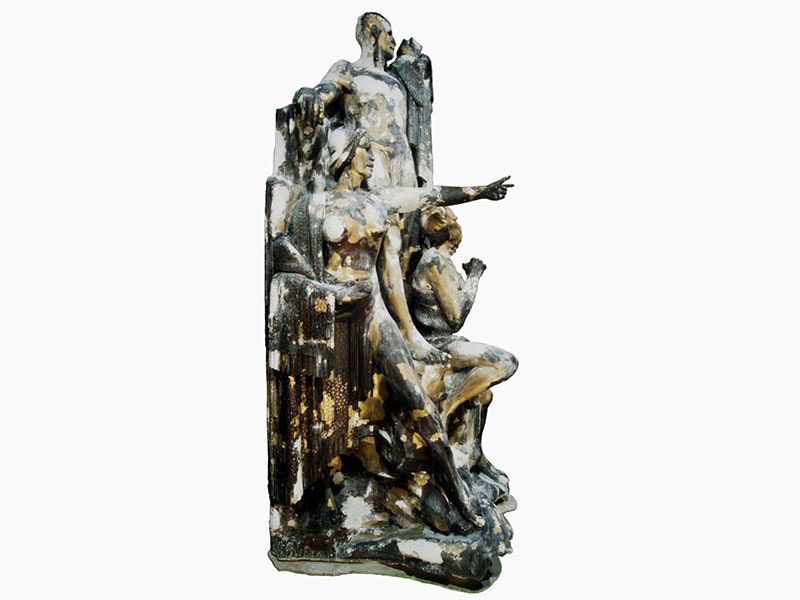
Kupe Sites
Stunning photography – landmarks from Kupe’s voyage. Host this touring art exhibition at your venue.
Free museum entry for New Zealanders and people living in New Zealand
Open every day 10am-6pm
(except Christmas Day)
Free museum entry for New Zealanders and people living in New Zealand
A thousand years ago, the great voyager Kupe made an epic journey from the eastern Pacific across the ocean to a new land.
Many traces remain of Kupe’s encounter with our land, which would much later be called New Zealand. They can be found in the names of landmarks in various parts of the country, and even in one of its names – Aotearoa.
These evocative images of important Kupe sites are just a few of the 36 images produced as part of the exhibition Kupe Sites, developed for touring to venues across Aotearoa.
Kupe and his stories are of immense importance to the many iwi who trace their whakapapa back through him. The stories of his arrival in Aotearoa vary, but they all celebrate a remarkable voyager who settled a new land, and charted a route across the Pacific for later navigators to follow.

Stunning photography – landmarks from Kupe’s voyage. Host this touring art exhibition at your venue.
